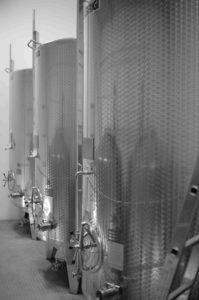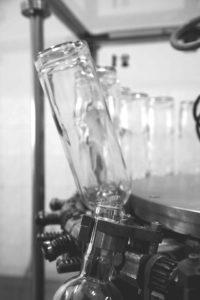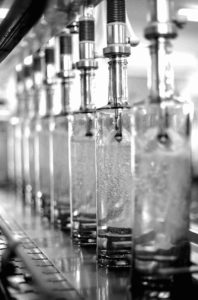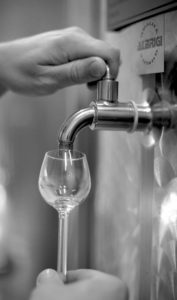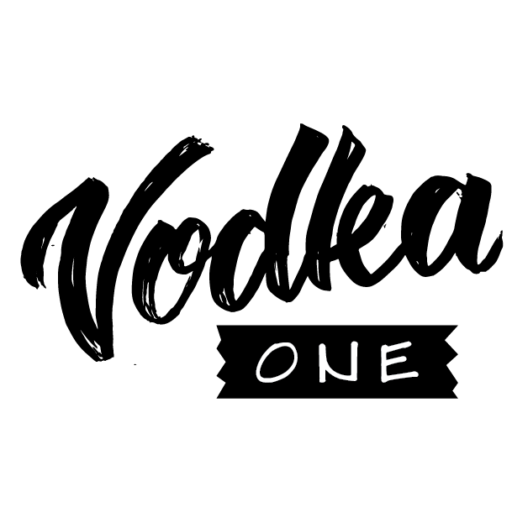All started in early 1400.
There are lots of discussions about how, when, and who came out with the idea of producing vodka. But we won’t bore you with that. What is known is that Pols and Russians are the masters of this liquid production.
Back in the day, almost every farmer was making vodka, with generations of secret recipes, method of production and infusion were passed to the thirsty ones. Vodka was also made for medical purposes, as well as being the social and entertainment spirit that connects people – bringing much fun to the table.
Production
Vodka can be made from a variety of different ingredients including rye, wheat, barley, sugar cane, potatoes, rice, vegetables or fruits including apple, plum, grape. Essentially any plant that can be- split into fermentable sugar can be a vodka base. In Poland, stricter regulations limit production to potatoes and 5 different grains: rye, wheat, triticale, oats and barley. Why? Traditional ingredients and superior final product.
Production is divided into 4 steps:
- Fermentation – traditional ingredients meets with yeast and sugar. This process takes about 72h and produced what we call ‘the mash’. It contains about 8-10% of ethanol.
- Distillation – we isolate ethanol from the mash. It is the most critical step in production. To do this, we use stainless still columns; some of them are about 10-15m high, consistently heating them to the temperature that ethanol evaporates and re-condenses once the vapour mixture is cooled. This process is repeated a few times; all depends on the producer and quality of the final product that we want to achieve. Liquid after distillation contains between 90-95% of alcohol.
- Rectification and filtering – are pretty much an additional distillation. The raw spirit is passed through several purifying columns, designed to eliminate more impurities that might affect flavours and aromas. Now taste and clarity are increased. Vodka finally has 95-97%.
Filtering takes place right after and can be done with different filters to achieve the unique taste and ultimate smoothness, for instance, using charcoal, lemon zest, or diamond dust.
- Water – finishing off the production. Different parts of the world have different water containing various minerals and ph. In Poland, water used in spirits production has to have neutral ph and be ‘crystal’ clear. Before mixing it with our spirit, we first demineralised and deionised water, and then add it at the end of the distillation process to decrease the alcohol content and produce a 37.5% clear VODKA.
